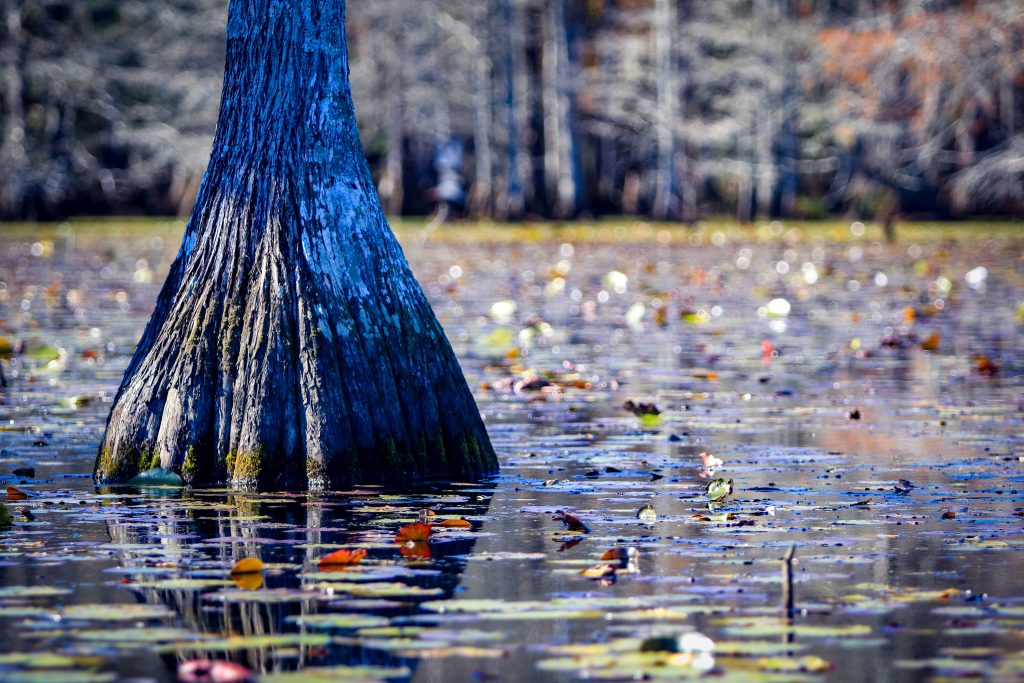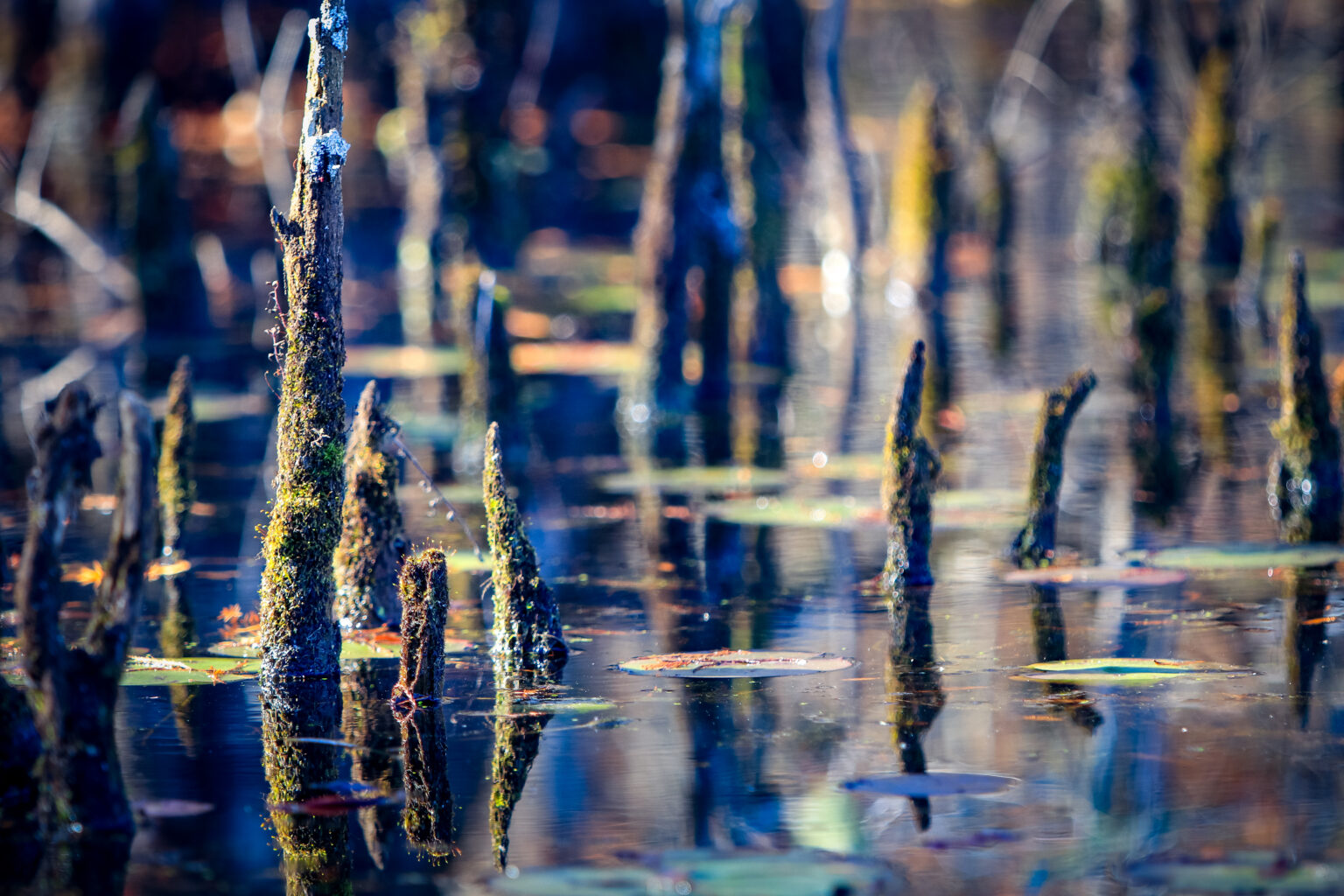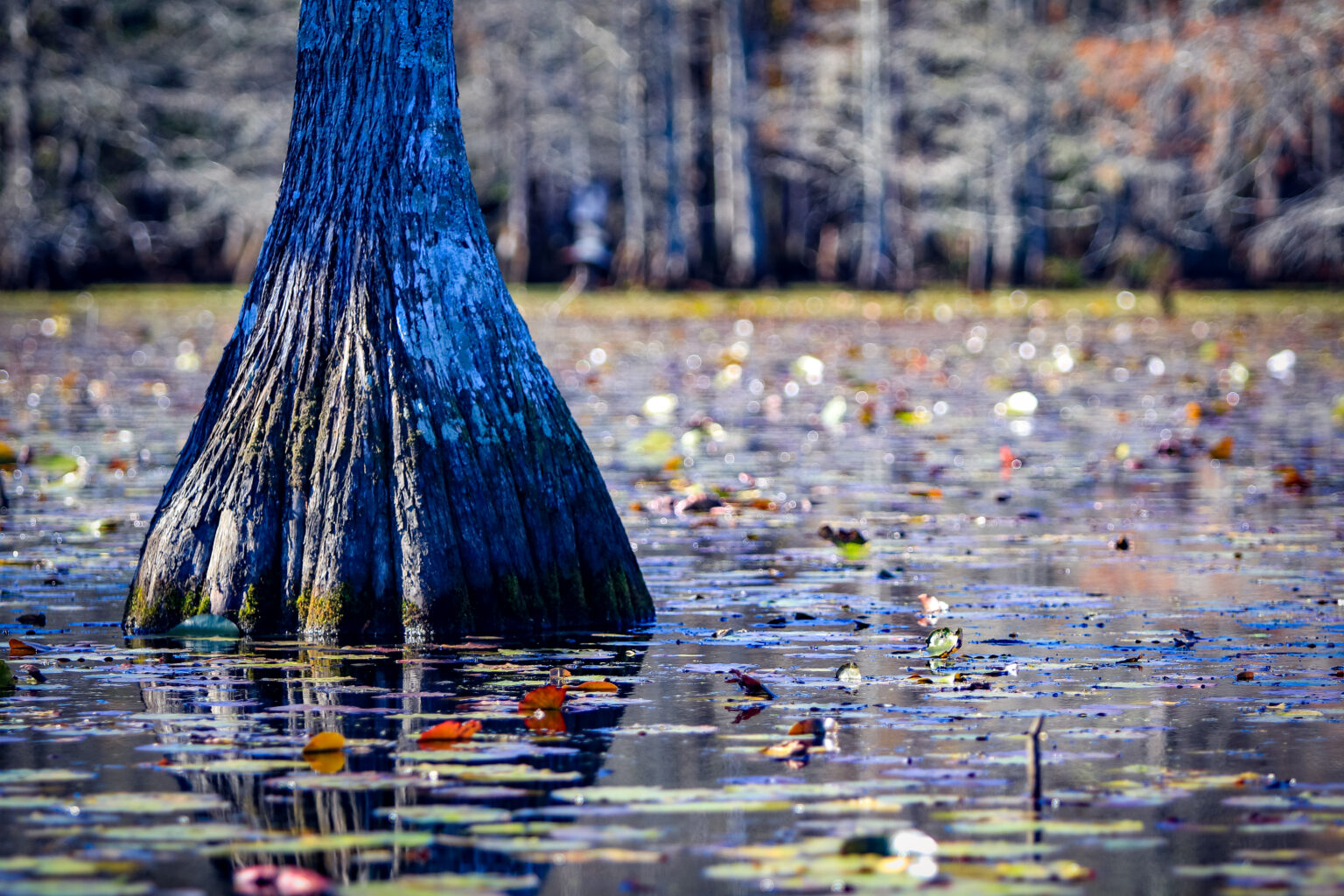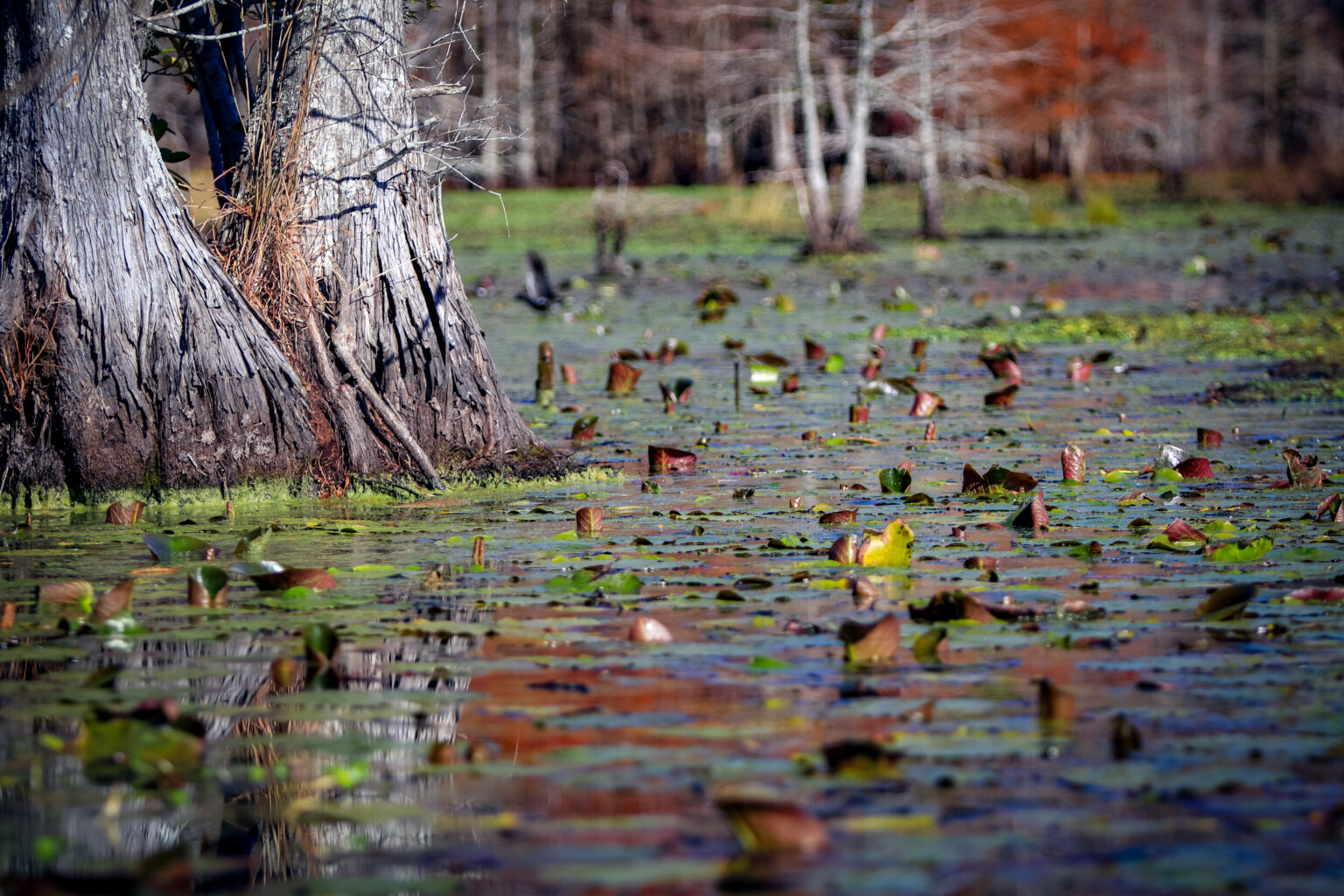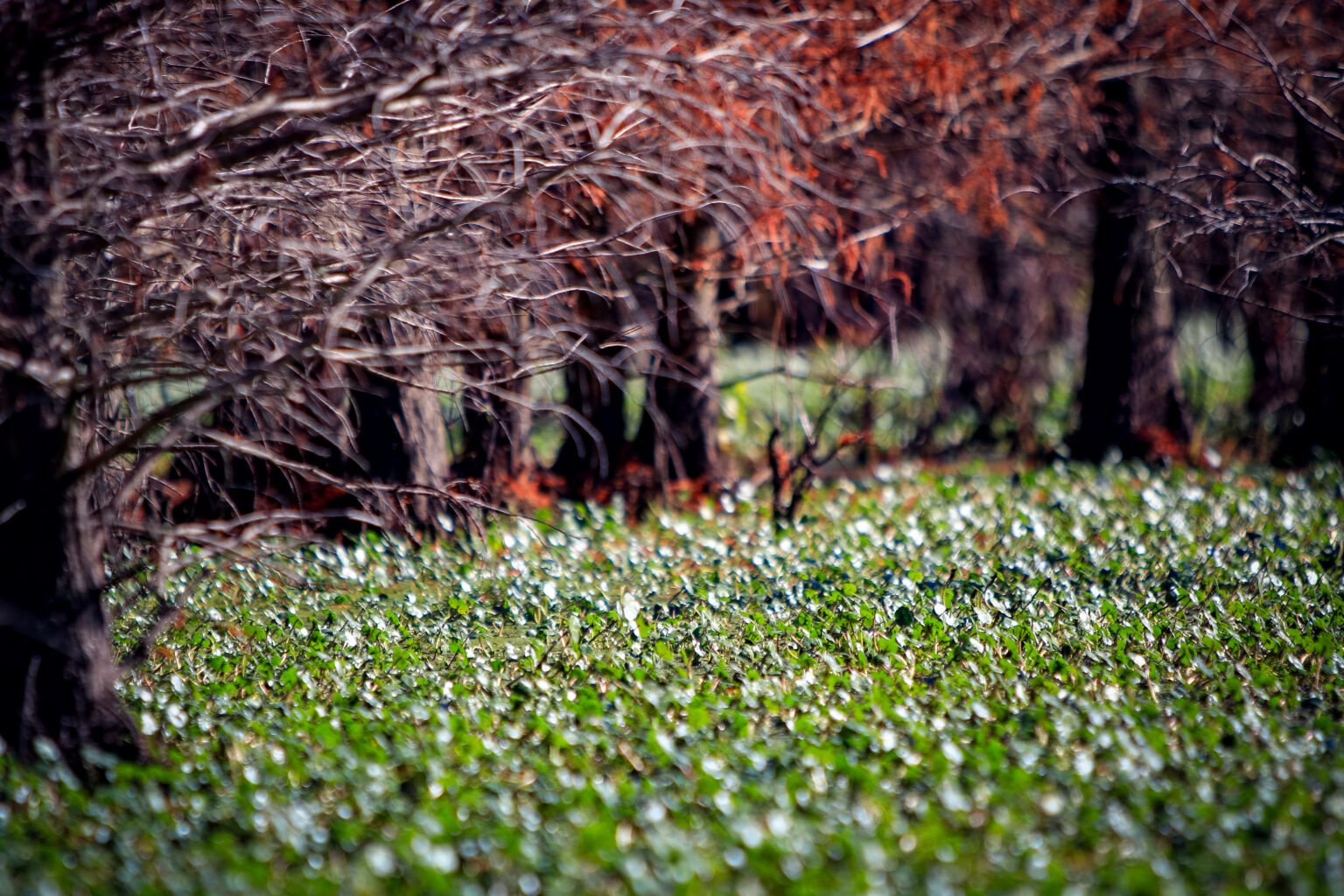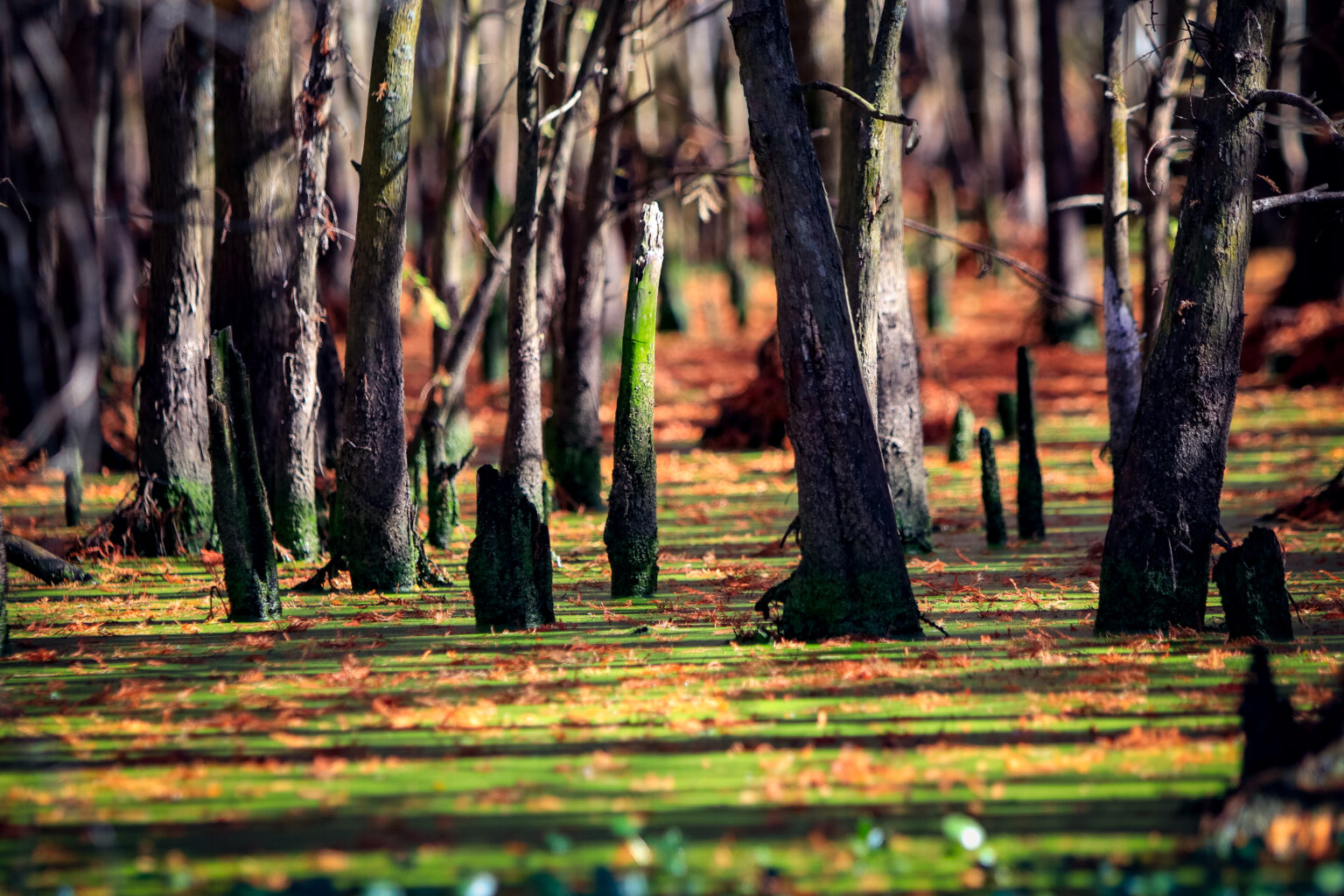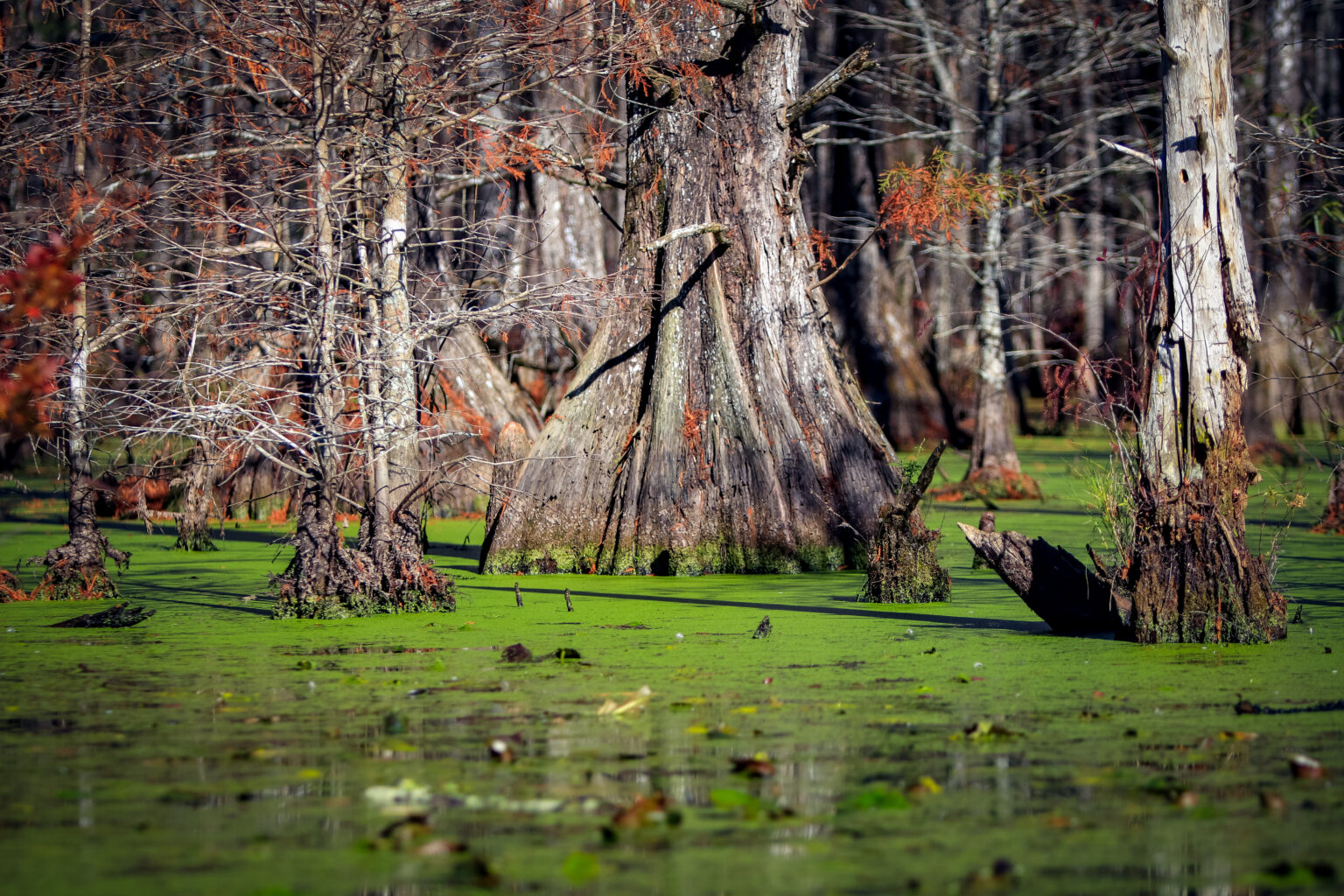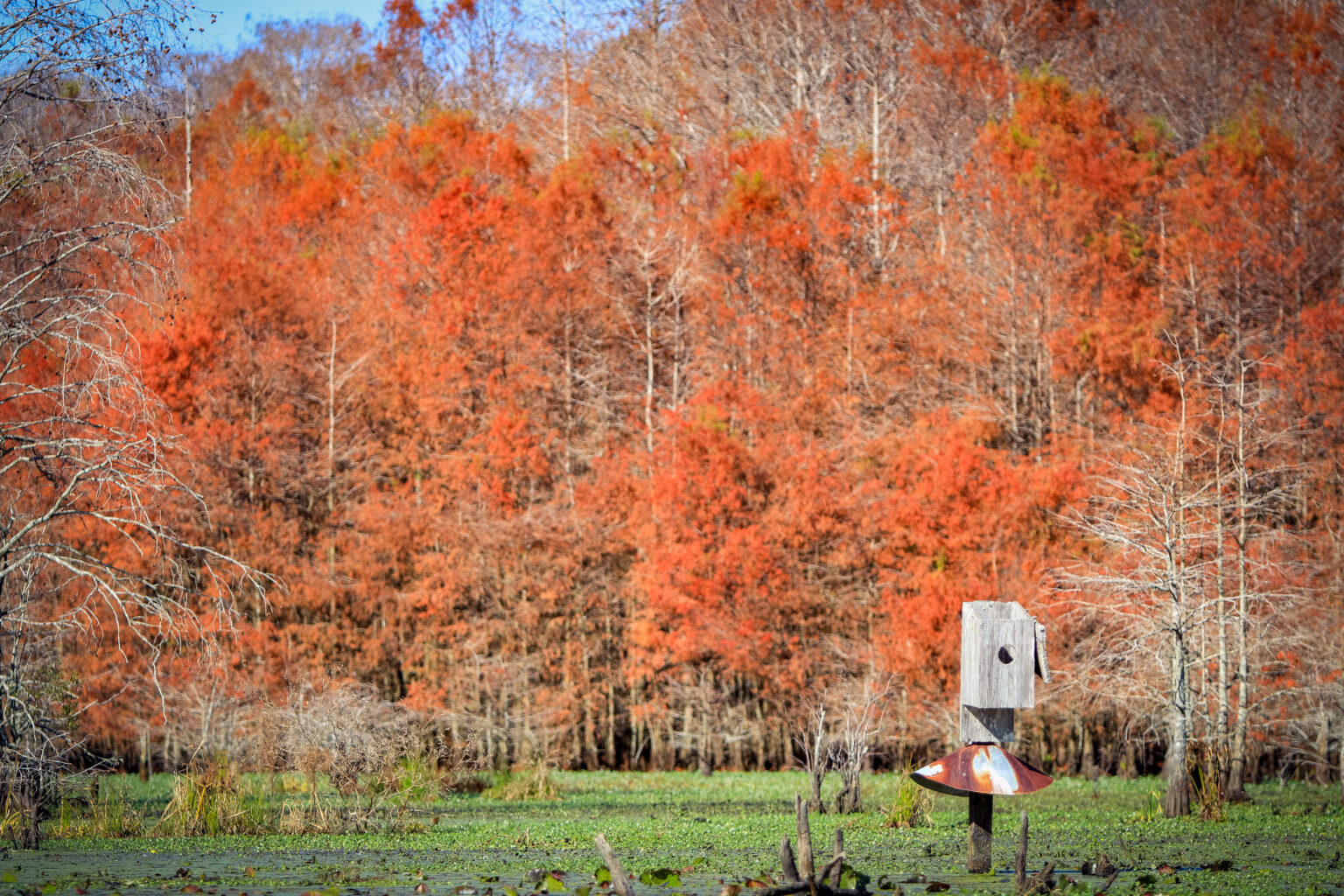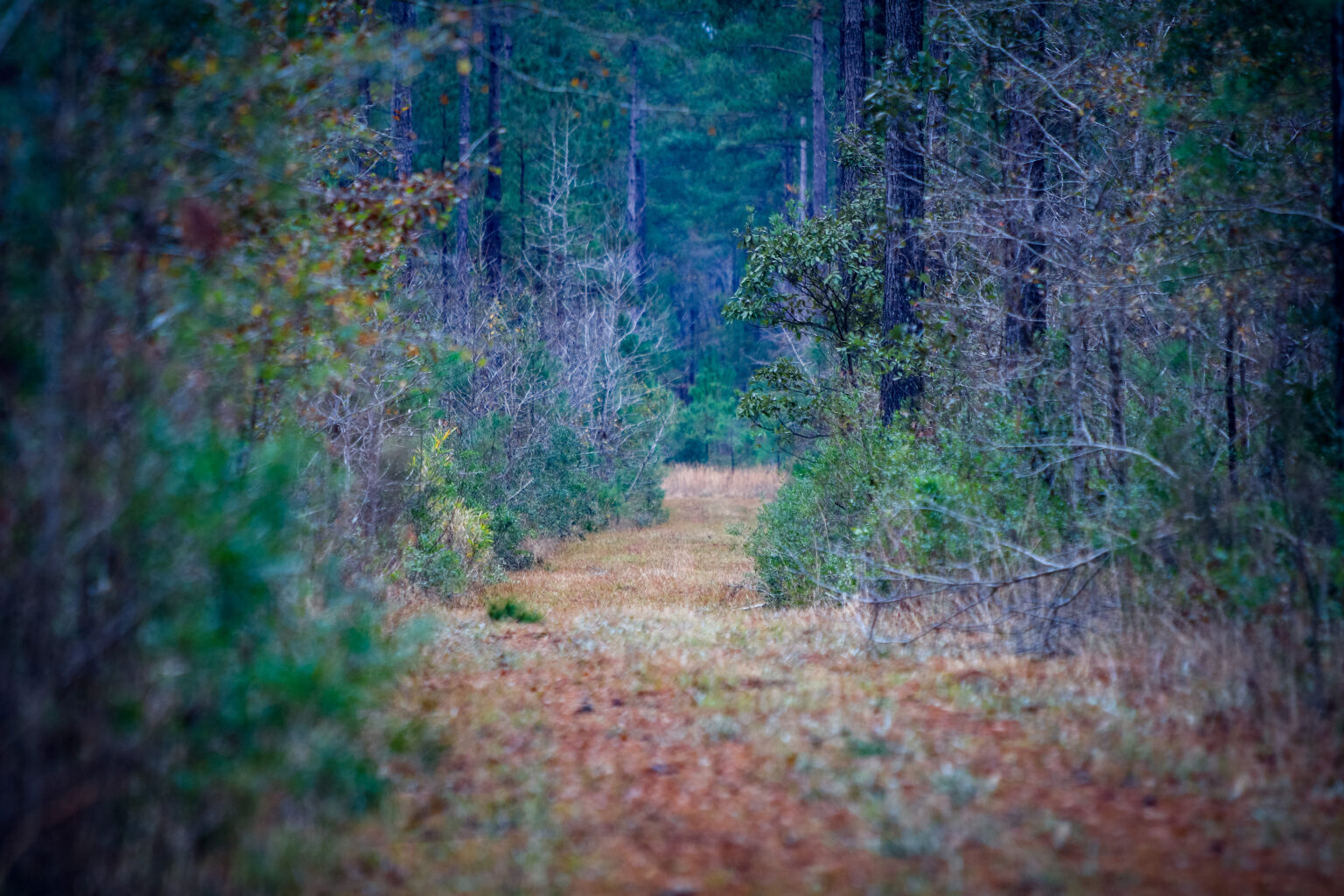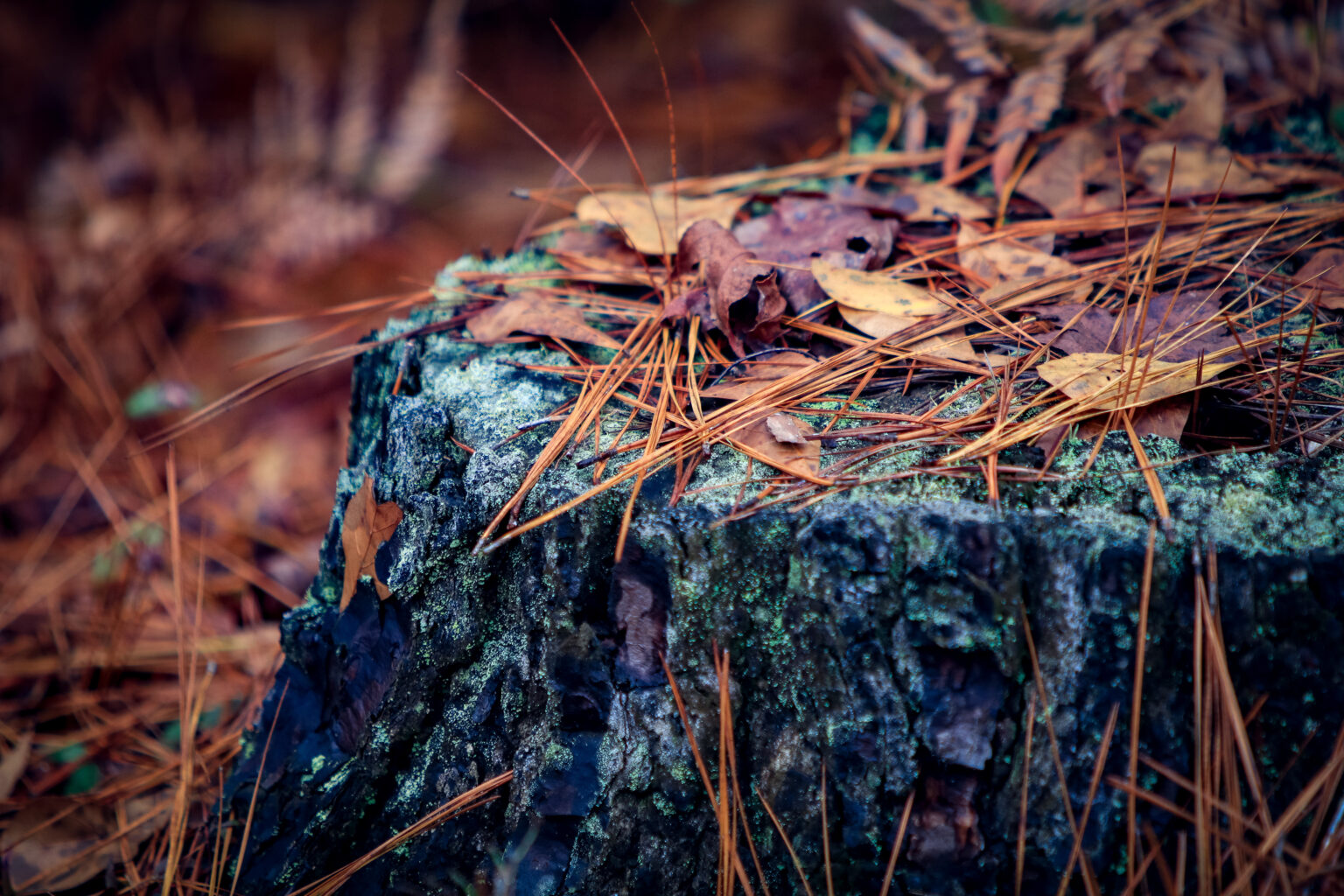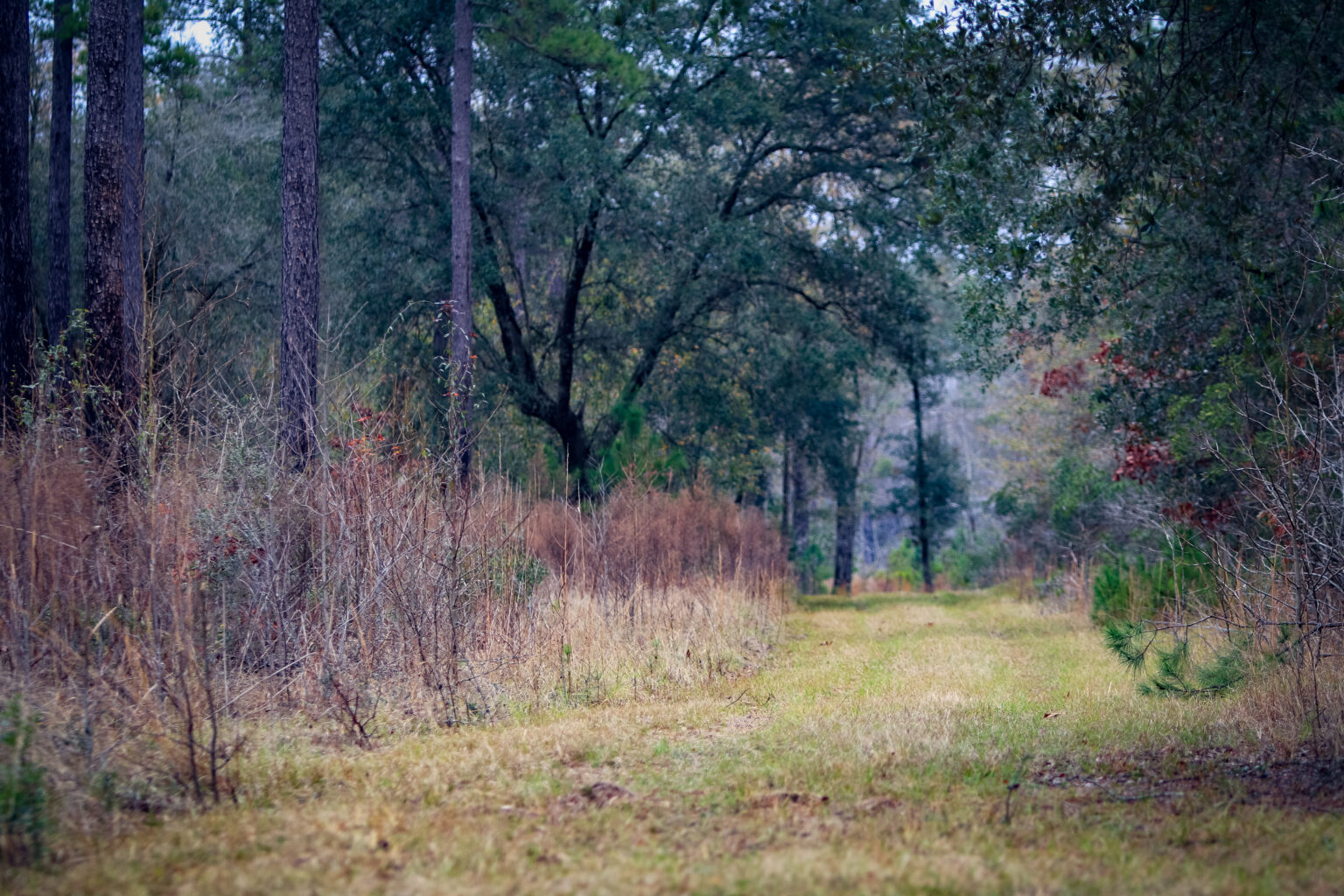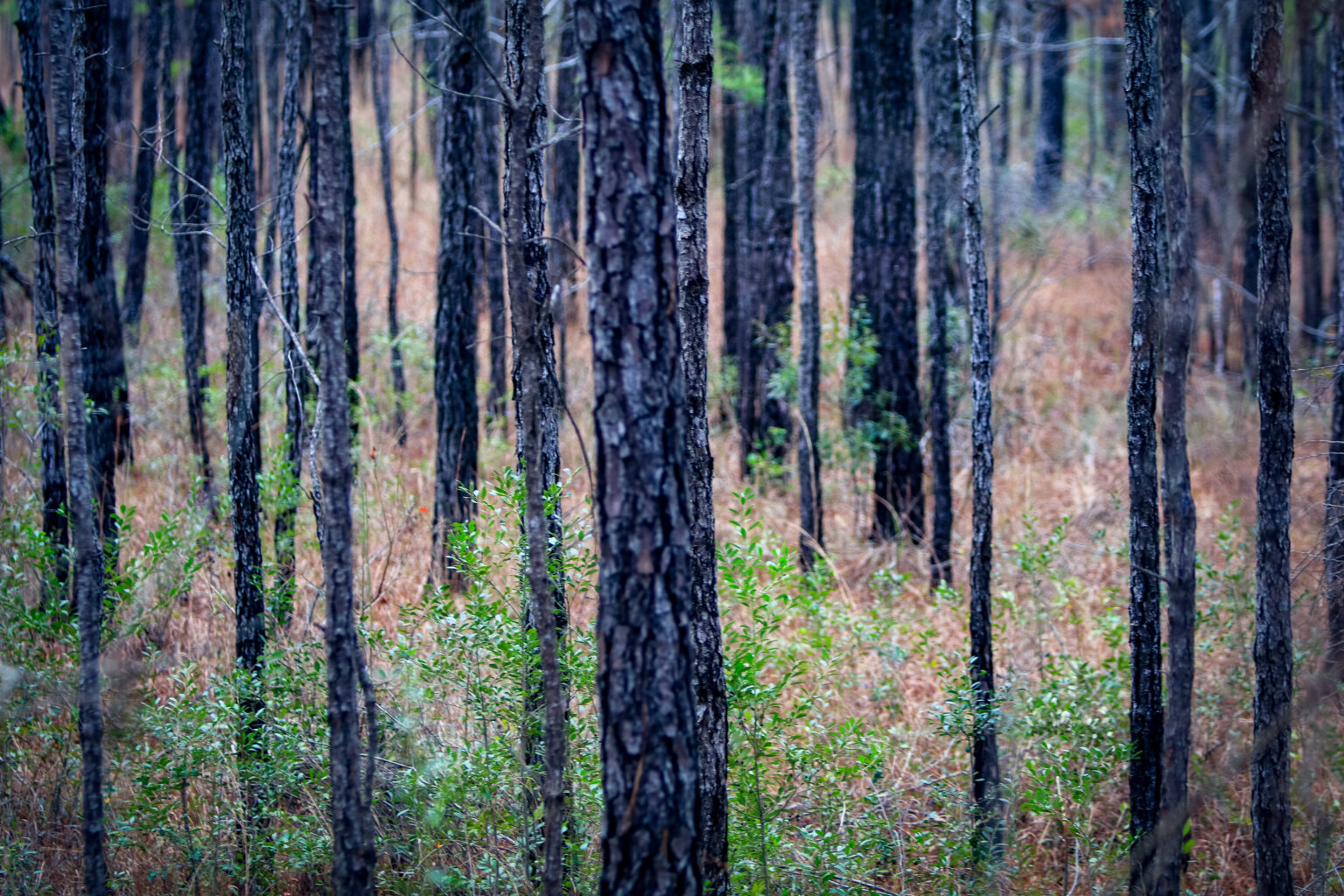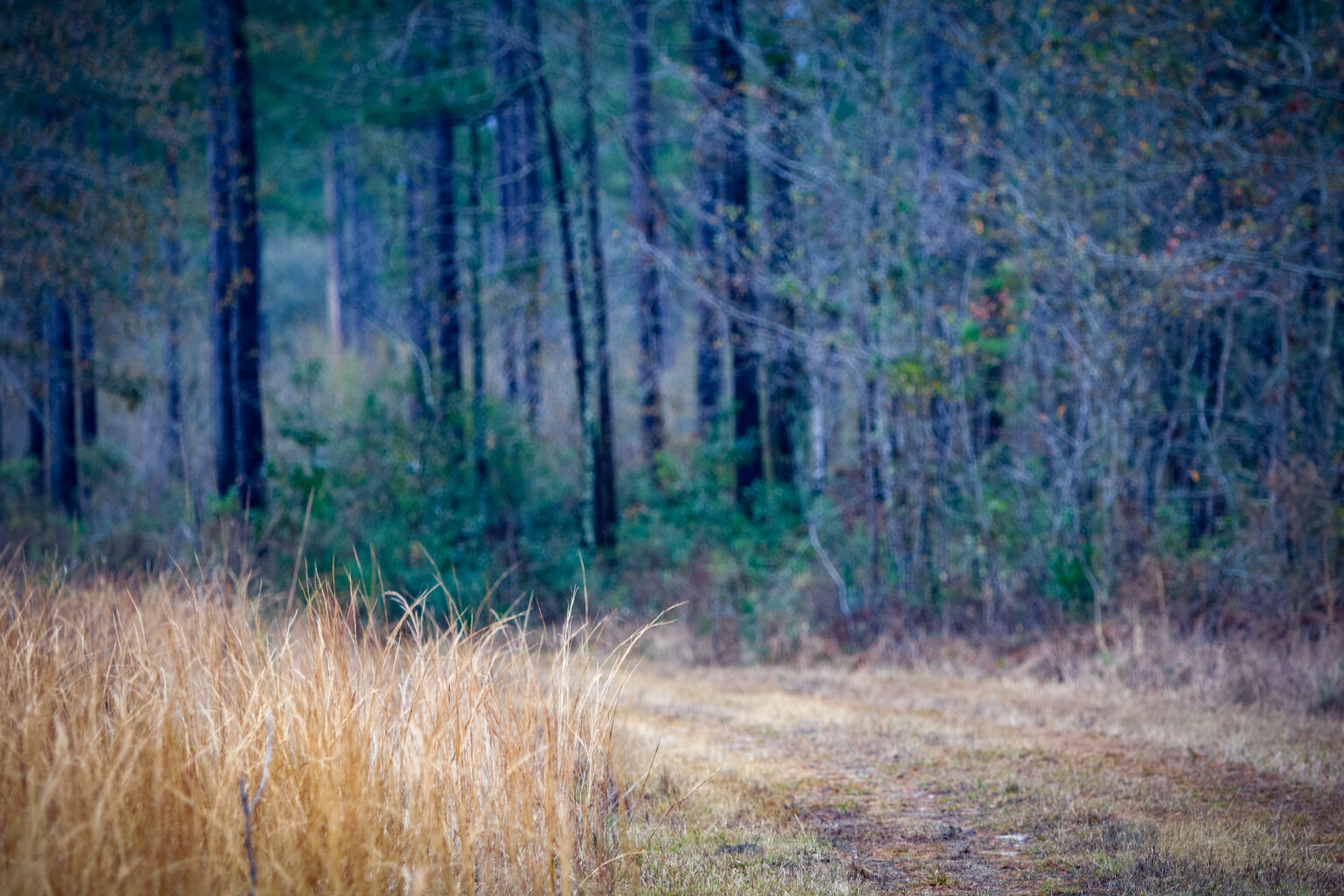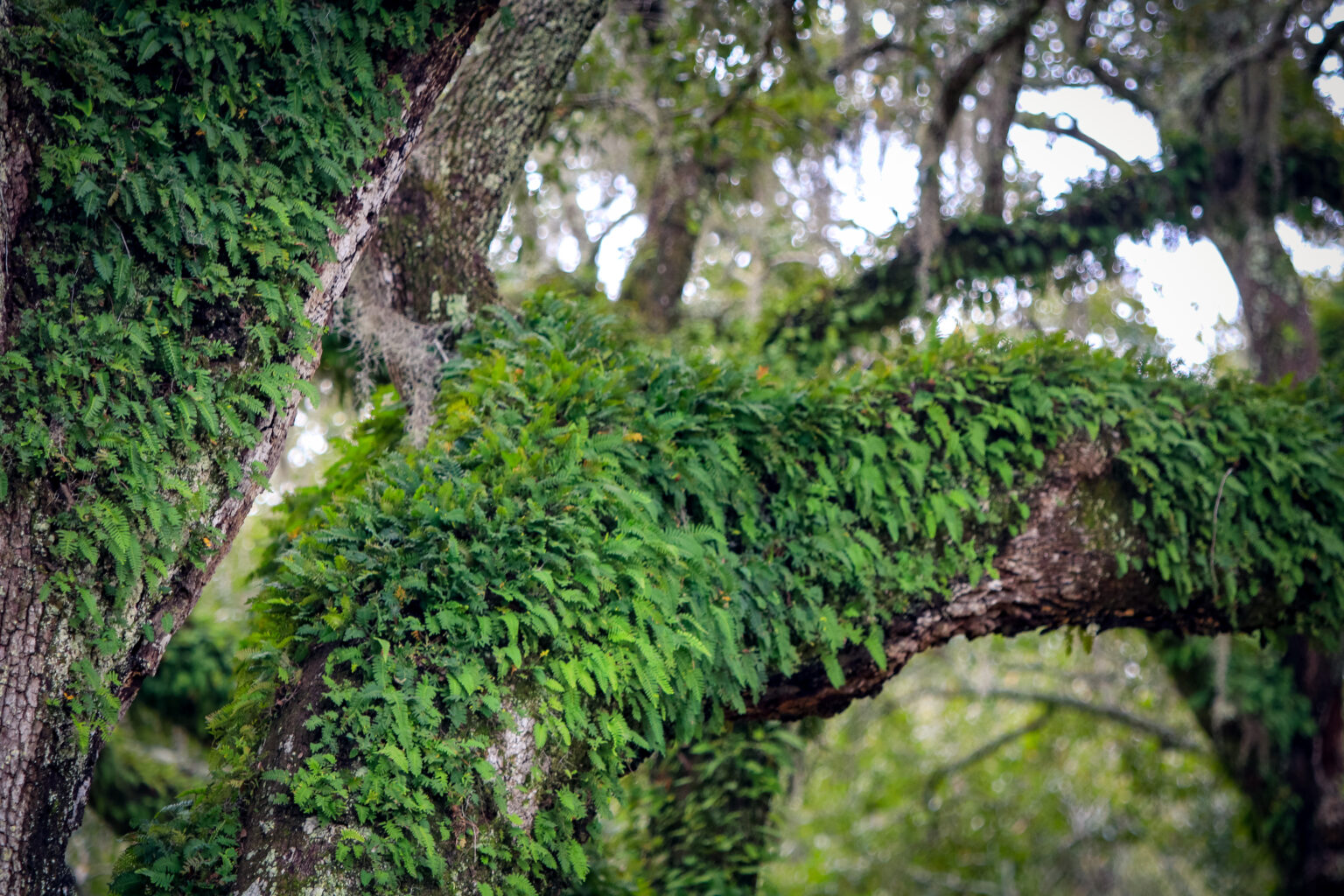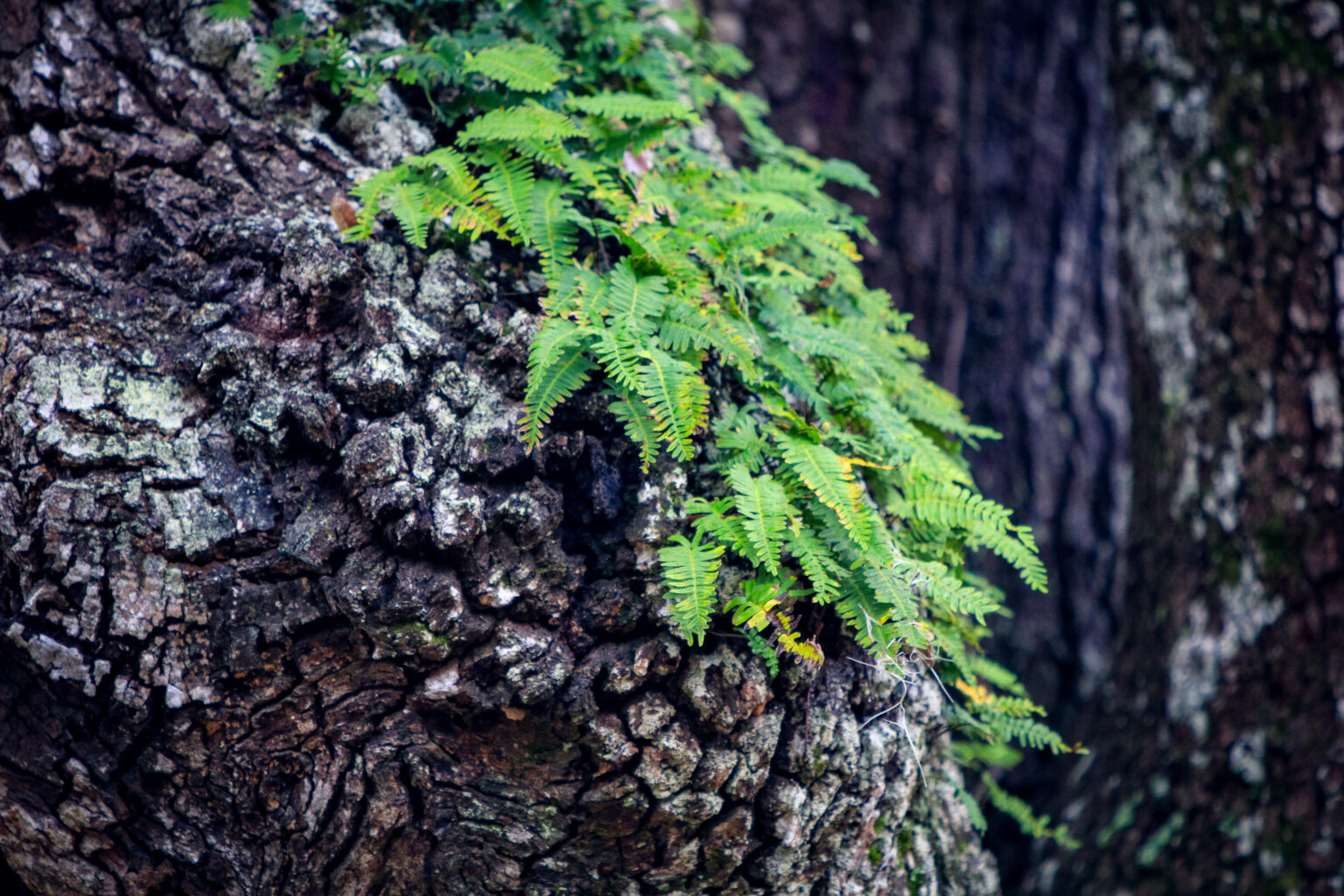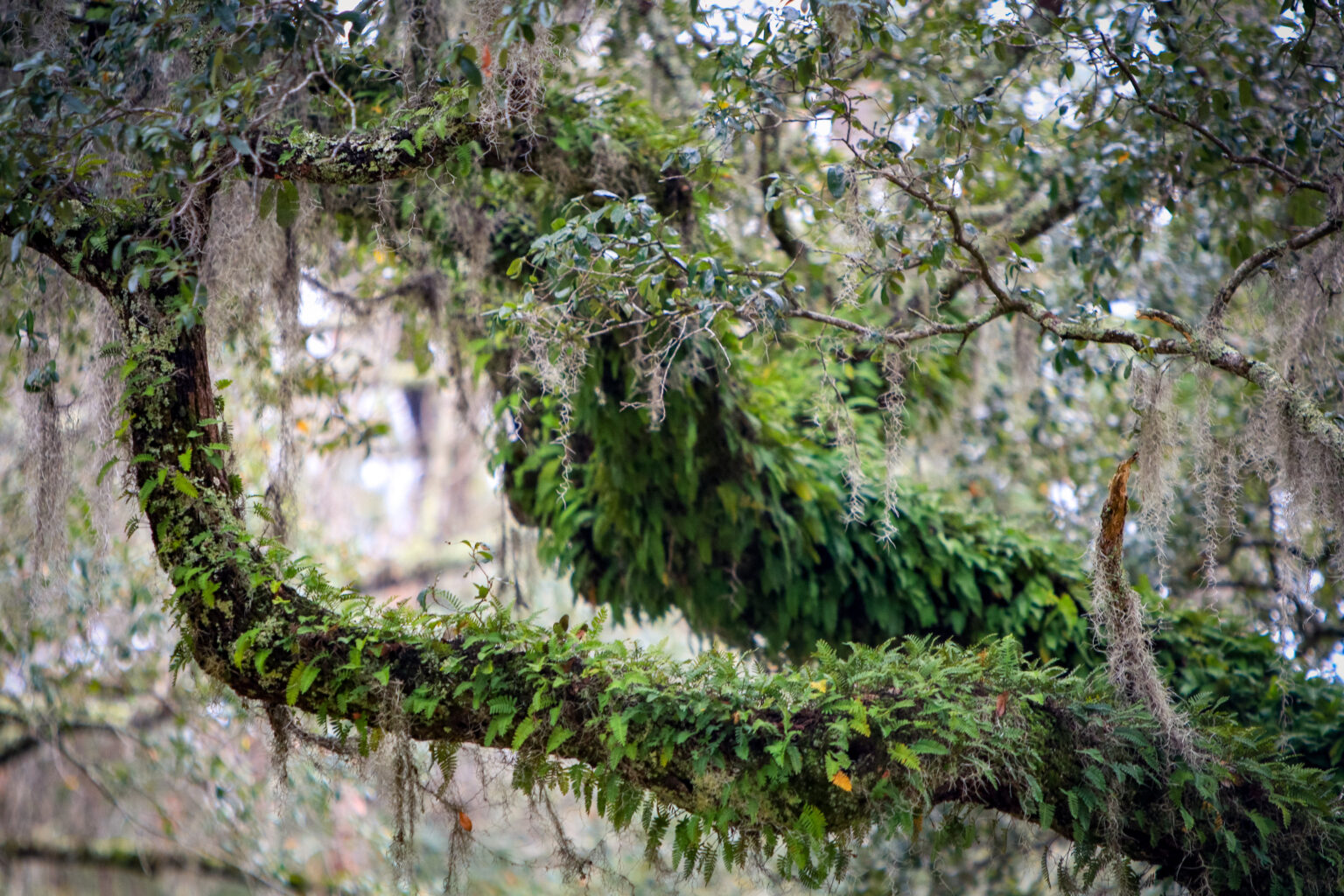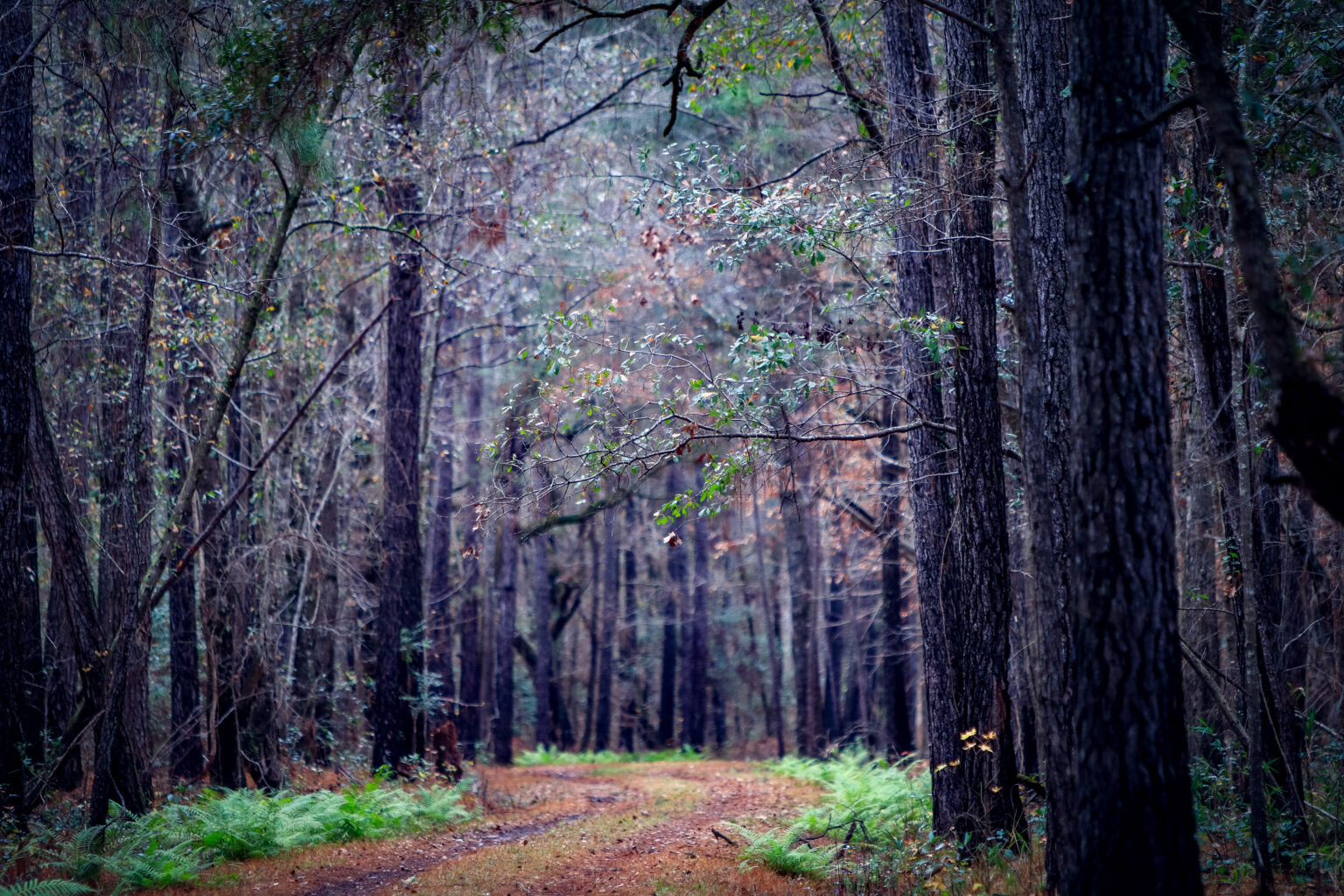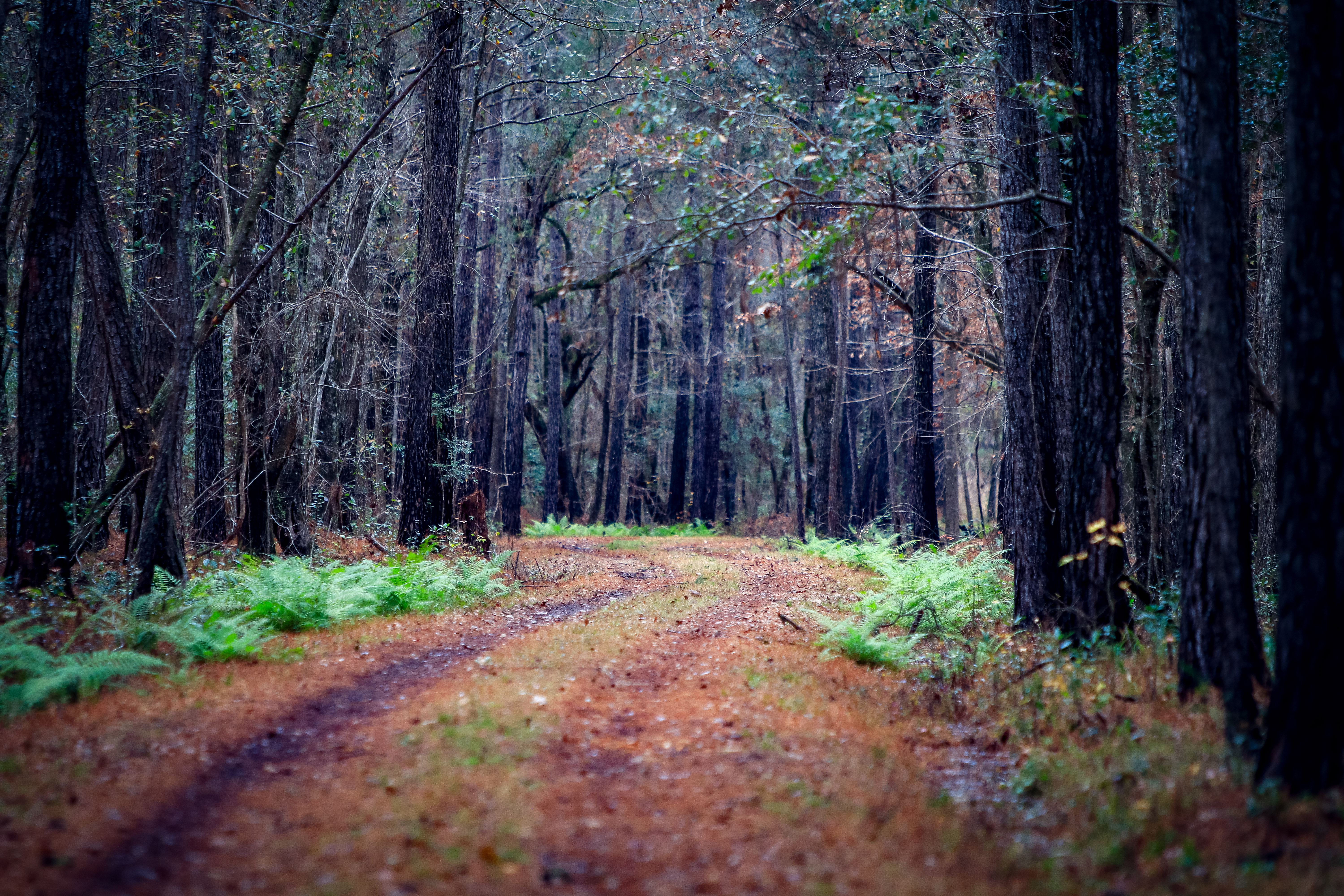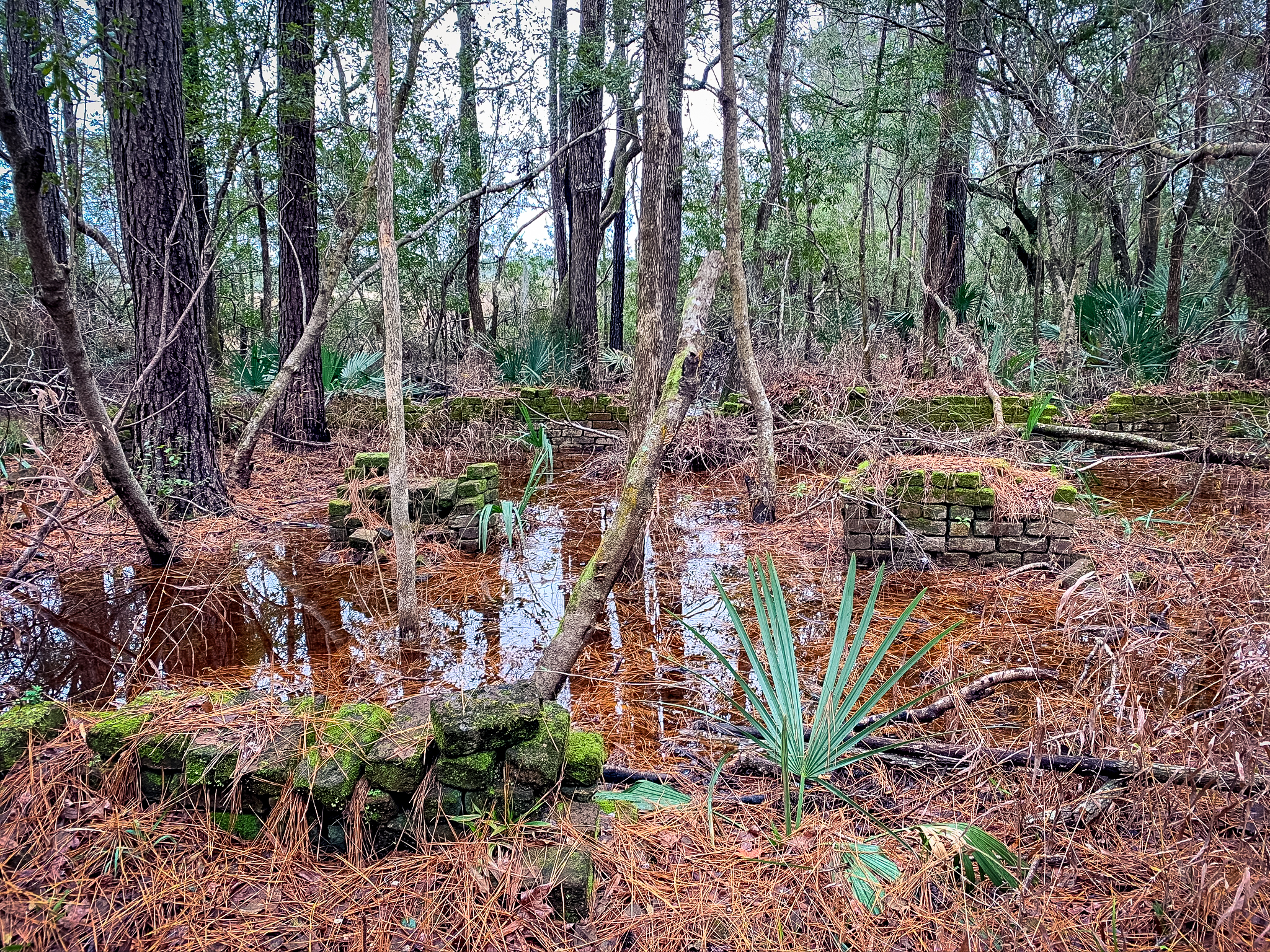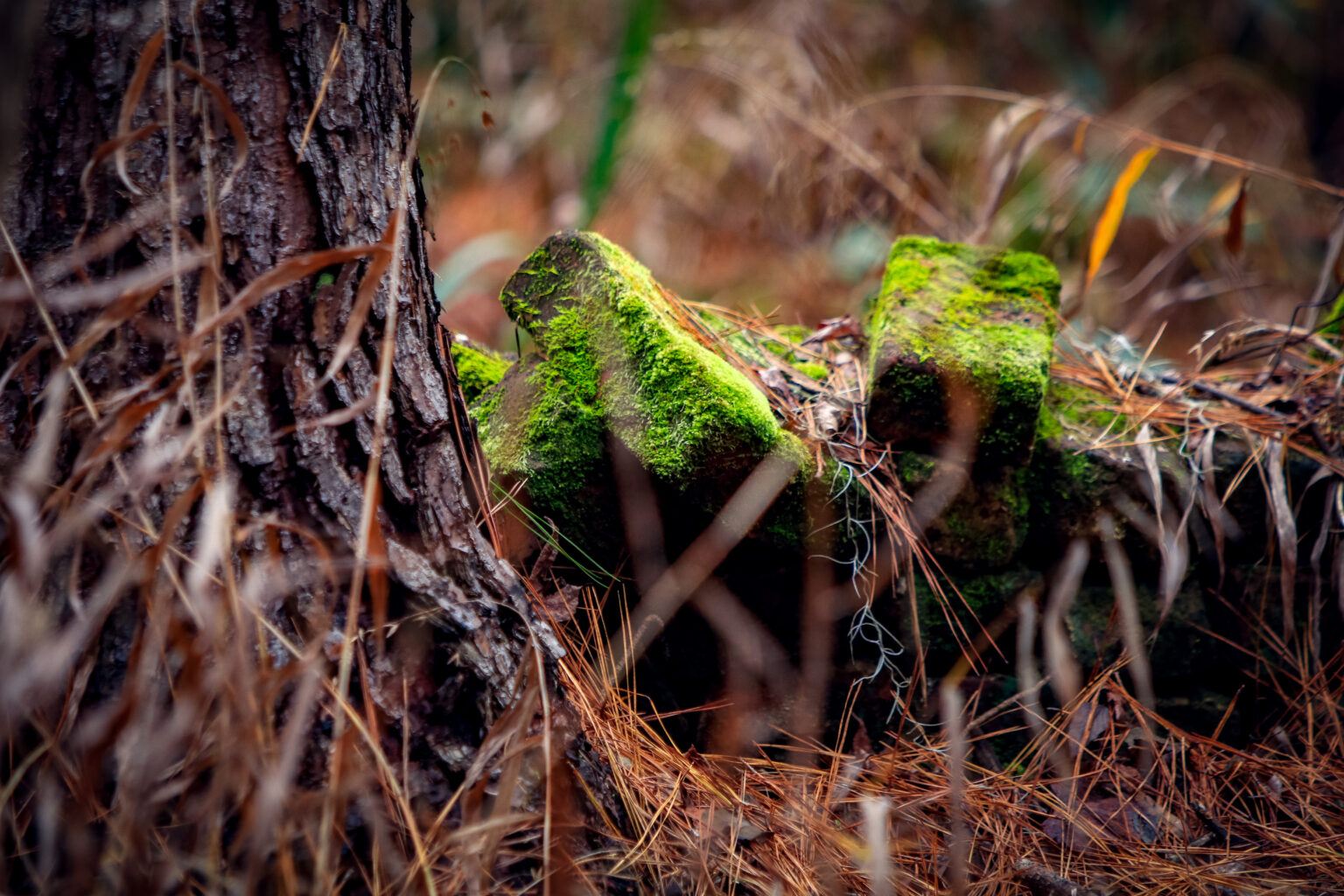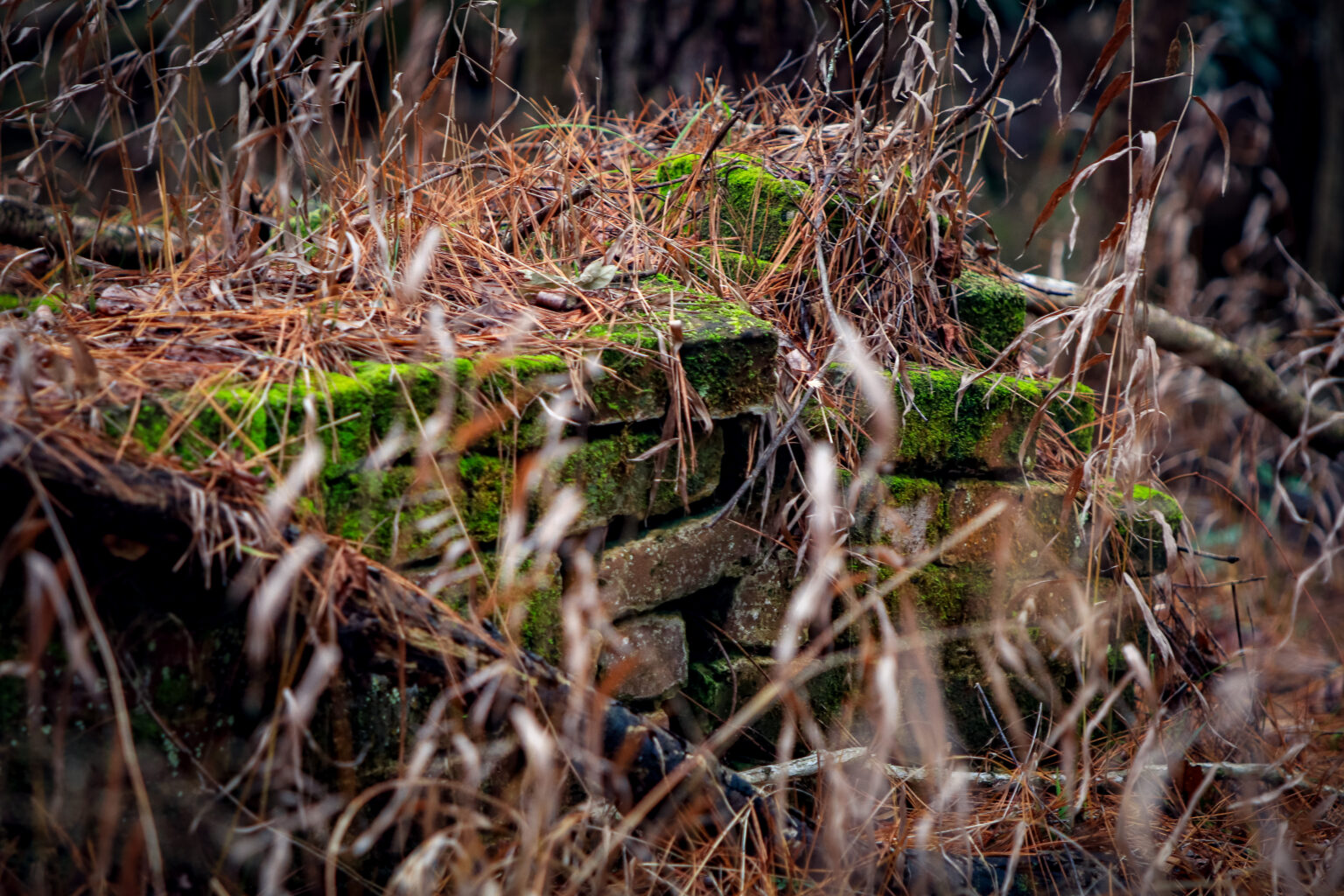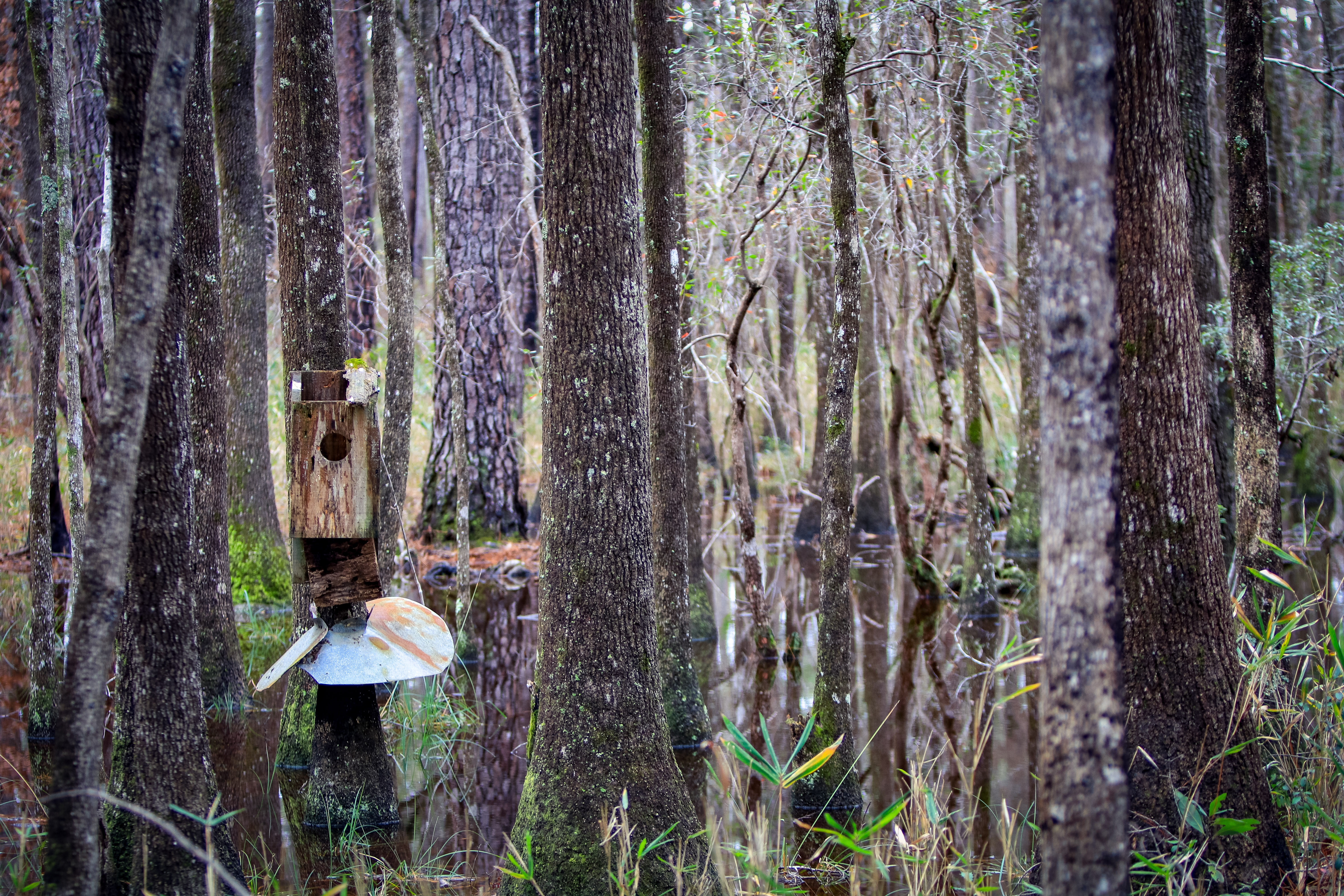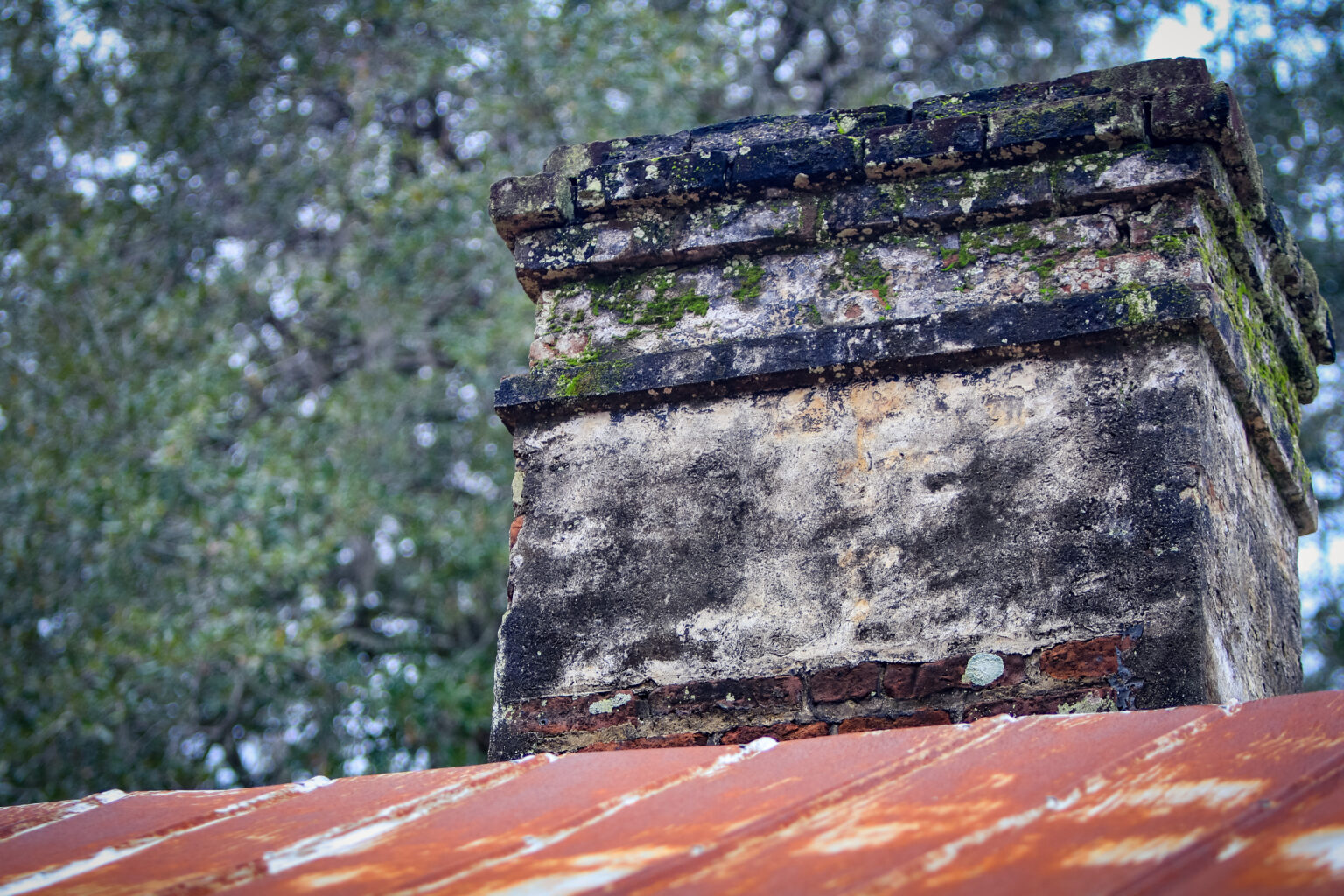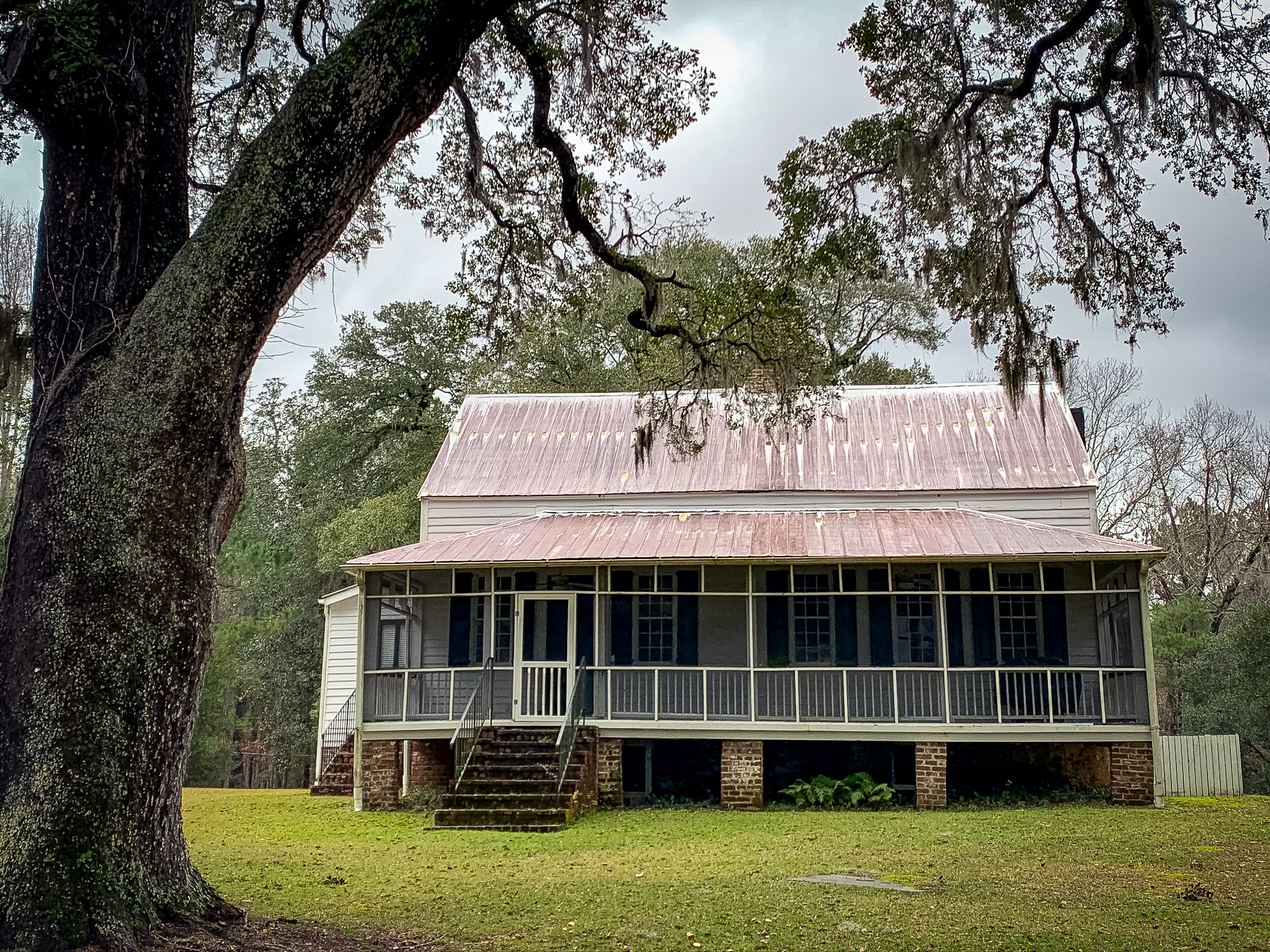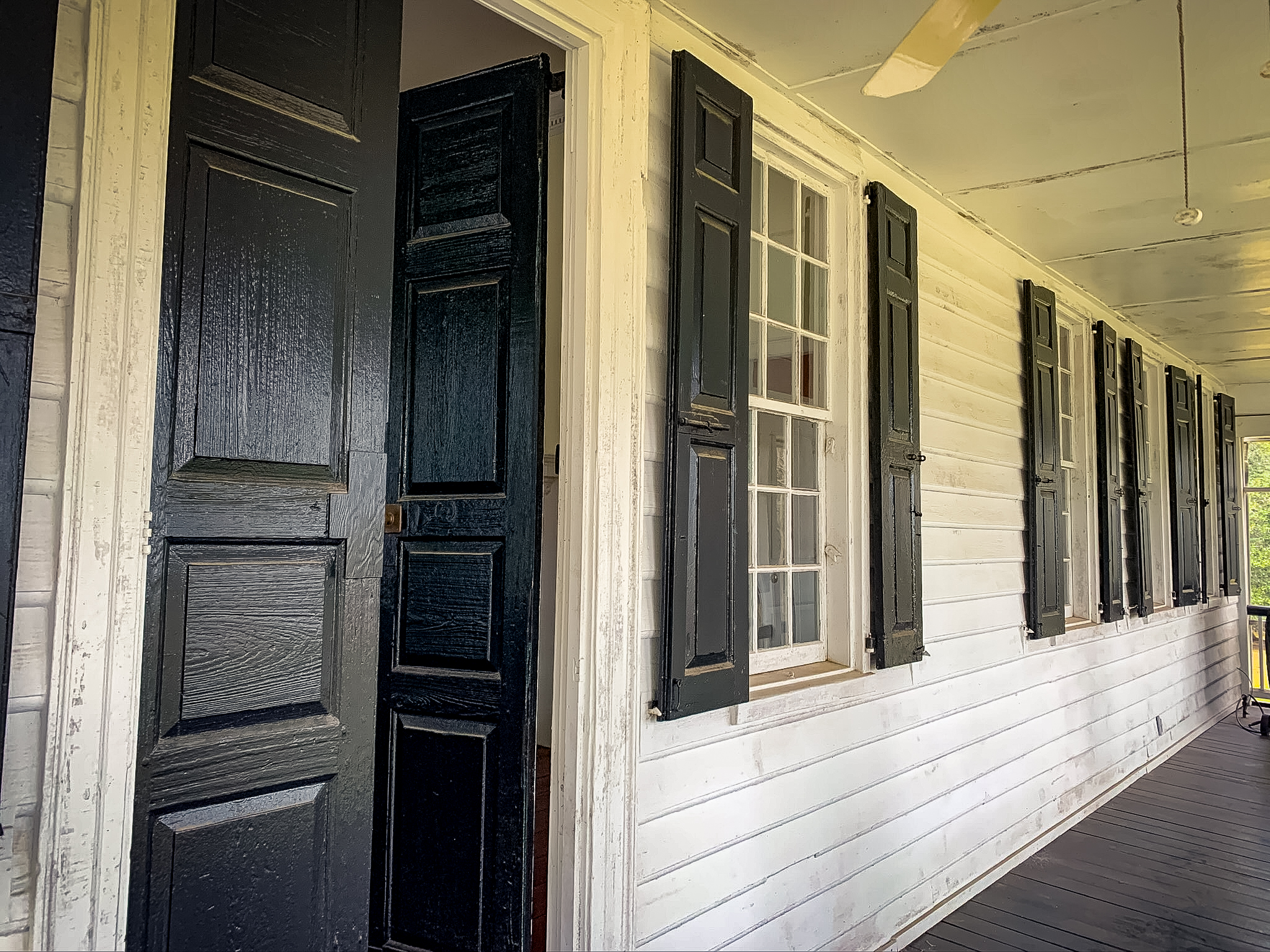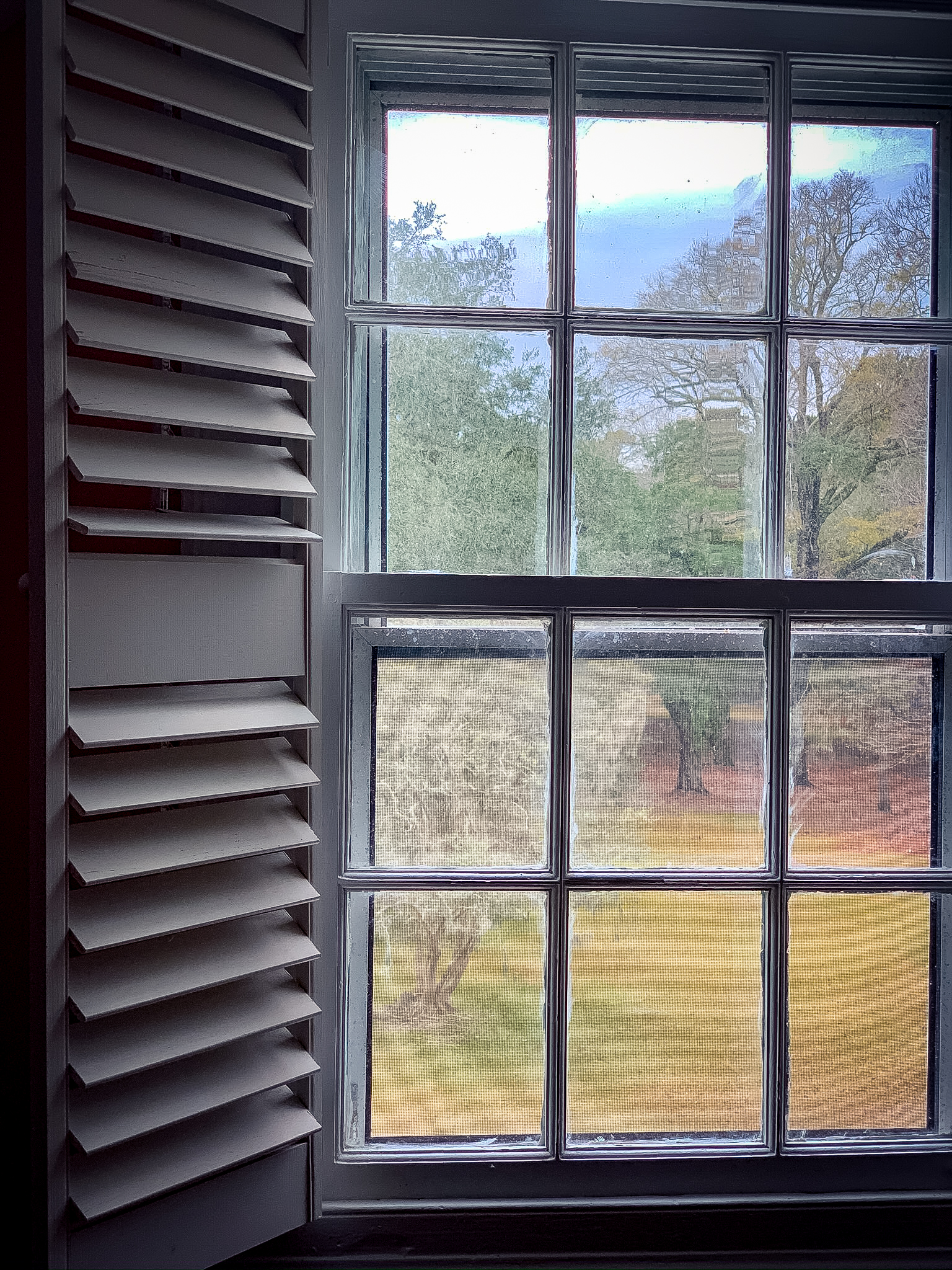Land
South Carolina’s outdoor recreational opportunities and overall quality of life continues to attract new residents and businesses to the state. This growth requires that business perspectives and environmental initiatives work in tandem to preserve South Carolina’s beautiful landscapes and natural resources. As a key economic driver for the state, SC Ports partners with environmental groups, resulting in the preservation and restoration of nearly 3,000 acres of land in South Carolina since 2016. These conservation efforts serve to protect land with great historical and ecological significance, as well as thriving wildlife habitats. SC Ports is committed to ensuring that iconic landscapes, natural resources and healthy ecosystems continue be a hallmark of South Carolina, for South Carolinians, for generations to come.
Preserving Fairlawn Plantation
SC Ports preserved 1,142 acres of the historic Fairlawn Plantation — a vitally important and diverse ecosystem, located within the upper portion of the Wando River watershed. SC Ports partnered with the U.S. Army Corps of Engineers and The Open Space Institute to preserve this land in the Lowcountry.
This significant preservation effort fulfills an environmental commitment for the Charleston Harbor Deepening project and enables the land to become part of the Francis Marion National Forest.
"The preservation of Fairlawn will provide habitat benefits to threatened and endangered species -- such as the frosted flatwoods salamander, gopher frog and red cockaded woodpecker -- as well as restore longleaf pine forest and provide protection to a variety of native wetland plants," SC Ports Authority's Permitting Manager Mark Messersmith said. "SC Ports is proud to be a part of protecting this valuable habitat for generations to come."
Mayrant's Reserve
The property is also home to Mayrant's Reserve, a 170-acre impoundment. Mayrant's Reserve is designated as an Important Bird Area by the Audubon Society. It is also the last known sighting of the Bachman's warbler.
Restoration work is ongoing on the Fairlawn property; once completed, the entire parcel will be under the U.S. Forest Service's management as part of the Francis Marion National Forest.
Preserving French Quarter, Hyde Park
SC Ports Authority provided $5 million to the Lowcountry Land Trust to create a revolving fund for the purchase and permanent protection of important land within the Cooper River Corridor. Using this funding, the Lowcountry Land Trust purchased two important properties, protecting them from future development.
French Quarter Property
The first of these is the French Quarter property, a 425-acre parcel located along S.C. Highway 41 in Huger within the Cooper River Historic District. The preservation of the French Quarter property nurtures forested wetlands, improves water quality and provides wildlife habitat, all while preventing development on this important Lowcountry land.
Hyde Park Plantation
The second property is the 589-acre Hyde Park Plantation located in Berkeley County within the Cooper River Historic District. Hyde Park Plantation has substantial historical and ecological significance for the region. This significant preservation effort enhances water quality, preserves plant and wildlife, and helps ecosystems thrive, while preventing development on the site.
These significant preservation efforts fulfill an environmental commitment for the Charleston Harbor Deepening project, while ensuring these important swaths of land will be protected for future generations of South Carolinians.
Preserving Timothy Creek and Four Holes Swamp Watershed
SC Ports preserved a 325-acre parcel of land within the Timothy Creek and Four Holes Swamp Watershed, both of which have been identified as priority areas for conservation.
This important conservation project was done in support of Walmart building a 3-million-square-foot distribution center in the port-owned Ridgeville Industrial Campus in Dorchester County, S.C. This land preservation was made possible through a partnership between SC Ports, Lowcountry Land Trust and Open Space Institute.
Preserving land, wetlands on Daniel Island
SC Ports leases around 50 acres of land on Daniel Island to the S.C. Department of Parks, Recreation and Tourism. This agreement preserves the natural area for future public use and protects it from development. The site abuts the Cooper River, offering picturesque water views for residents’ enjoyment.
SC Ports also plans to convert a 135-acre site on Daniel Island into a future saltwater mitigation bank. The land, which sits along the Cooper River, was formerly a dredge disposal site and is no longer in use.
The proposed Daniel Island Mitigation Bank would provide companies the ability to purchase tidal saltwater wetland credits for their mitigation projects, supporting economic growth and job creation, while also protecting and enhancing environmental assets. This effort will benefit the Lowcountry by restoring valuable wetlands and ensuring the surrounding waterways, ecosystems and plants can thrive.
Restoring Crab Bank Seabird Sanctuary
SC Ports is providing a total of $100,000 over a decade to the Crab Bank Seabird Sanctuary as part of a broader effort to restore the bird rookery and important ecosystem. The Crab Bank Seabird Sanctuary is located in Charleston Harbor between the tip of Sullivan’s Island and Patriots Point. Over the years, weather and tides have caused erosion.
The S.C. Department of Natural Resources, which owns and manages Crab Bank, has worked to raise funding for the restoration. Dozens of businesses and hundreds of donors have contributed to the campaign, known as the S.C. Coastal Bird Conservation Program.
The U.S. Army Corps of Engineers, Charleston District is now placing dredged material from the Charleston Harbor Deepening Project on the site to renourish it and recreate an important nesting habitat for thousands of birds.
Preserving Lowcountry assets
SC Ports supports the Watershed Resources Registry, an interactive online mapping tool that prioritizes areas for wetlands preservation and restoration. The registry, led by Sustain SC, is designed to ensure sustainable growth across South Carolina by focusing on both commerce and conservation.
SC Ports provided $4,000 to the Lowcountry Land Trust and The Angel Oak Preserve in an effort to preserve Lowcountry watersheds and the land surrounding the Angel Oak. These efforts help protect critically important land and natural assets in the Lowcountry.
Restoring Pee Dee wetlands
In partnership with the Pee Dee Land Trust and Open Space Institute, SC Ports Authority preserved 78 acres of land in Dillon County. The bottom land hardwood swamp is located in the Little Pee Dee River watershed near Inland Port Dillon, SC Ports' rail-served inland operation near the North Carolina border.
The preservation efforts are aimed at improving the water quality and connectivity of the Little Pee Dee River and its wetlands.
SC Ports restored the wetlands by adding culverts underneath a road, which enhanced the water flow between the wetlands on either side, improving the overall wetland habitat of that area. The wetlands are now a permanently protected, thriving ecosystem in the Pee Dee.
"The Port is pleased to be part of the Dillon community and contribute to important conservation efforts, in addition to economic development activities, of the Pee Dee region," SC Ports Authority president and CEO Jim Newsome said. "The protection of this property is reflective of the Port's ongoing commitment to responsible environmental operations."
